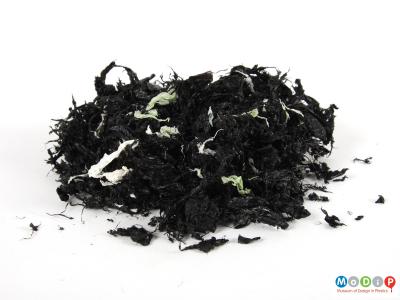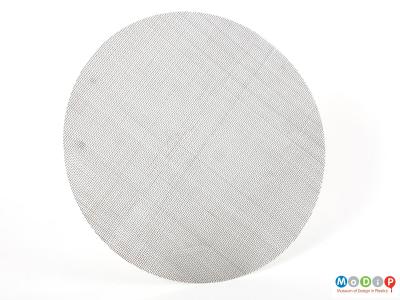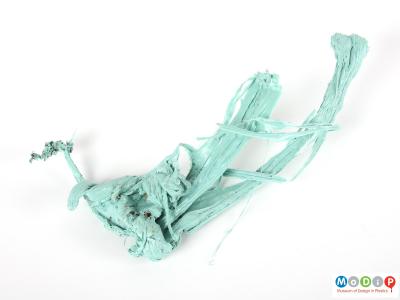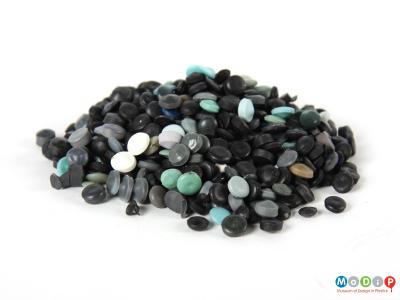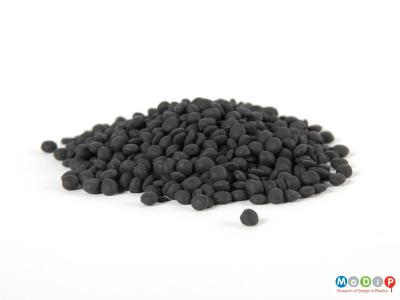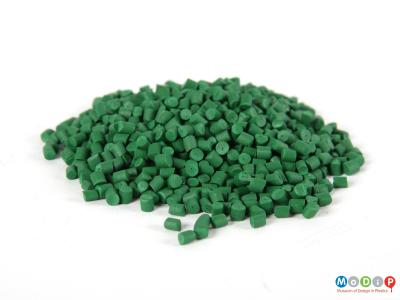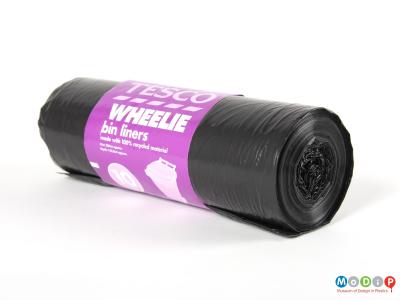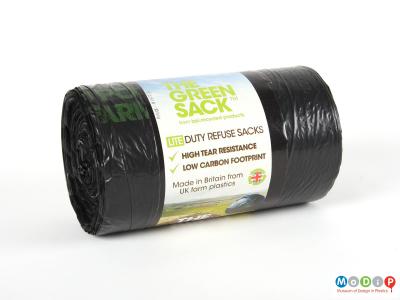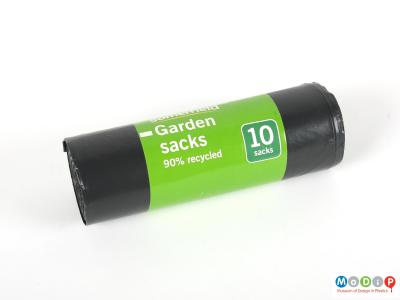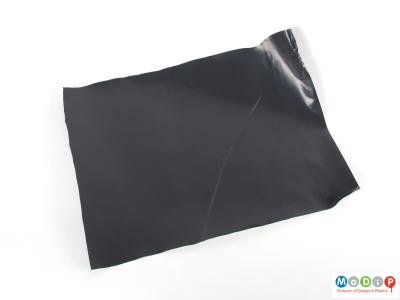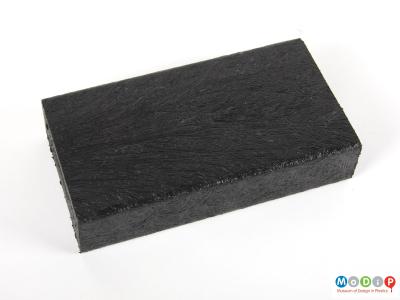Polyethylene
Polyethylene (high and low density) is the largest group of plastics and is used for a wide range of products including the lightest available food films, carrier bags and wheelie bins.
More polyethylene is recycled than any other plastic.
Making products with a tonne of recycled, compared with virgin, polyethylene cuts:
- crude oil consumption by 1.8 tonnes
- energy consumption by 66%.
- sulphur dioxide emissions by 33%.
- nitrous oxide emissions by 50%.
- water consumption by 90%.
- the release of 1.5 tonnes of CO2 into the atmosphere.
Re-cycling of most plastics, including polyethylene, tends to lead to down-cycling which means that products of increasingly reduced performance are made along the re-cycling chain.
To recycle polyethylene:
The plastic is cut into flakes (1). The flakes are turned to liquid by heating and forced through meshes (2). The dross is put aside for other uses (3). The plastic liquid is cooled and formed into pellets (4). 3% pure black recycled pellets are added to the mix to make the bags black (5). 100% recycled pellets or a mixture of virgin and recycled pellets, to create a plastic with increased performance, are processed in the same way as virgin pellets to make a variety of recycled products (6).
These are examples of the kinds of products made using recycled polyethylene:
Tesco's wheelie bin liners made from 100% recycled waste (7). The Green Sack made from 100% recycled waste (8). Somerfield's garden sacks made from 90% recycled waste (9). Visqueen damp proof membrane made from 90% recycled waste (10).
Dross can be processed again and again to make lower grade materials, for example:
Plaswood, an Eco-Friendly alternative to wood, made by Visqueen Building Products (11).

